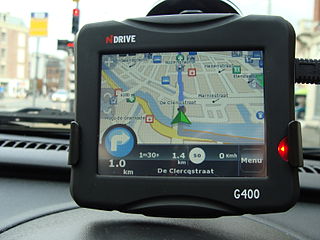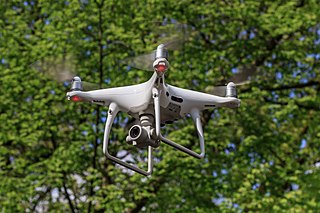Go to Table of Contents
Computing Innovation and its Data
Mary to edit page and integrate:
1.2.5 Analyze the correctness, usability, functionality, and suitability of computational artifacts. [P4]
1.2.5A The context in which an artifact is used determines the correctness, usability, functionality, and suitability of the artifact.
1.2.5B A computational artifact may have weaknesses, mistakes, or errors depending on the type of artifact.
1.2.5C The functionality of a computational artifact may be related to how it is used or perceived.
1.2.5D The suitability (or appropriateness) of a computational artifact may be related to how it is used or perceived.
AP CSP Explore Task instructions:
Identify the data that your chosen computing innovation uses. Explain how the innovation consumes, produces, or transforms that data. Identify one data storage, data privacy, or data security concern connected with the computing innovation.
You will NOT earn credit if your response
- does not state the specific kind of data (number, image, text, audio…) or just calls it “data”.
- confuses the innovation with its data.
- does not explain what happens to the data or how it is used.
- confuses the source of data (camera, thermal sensor…) with the data (image, temperature…).
- describes a concern that is not related to data.
Below are three examples. Each is deliberately short to help you structure a good response. The examples use just one sentence to respond to the data questions; you will need to write more, using evidence as needed to support your claims.
Examples:
Innovation: GPS (Global Positioning System)
 Data:
Data:
- Consumed Data: GPS receives signals from satellites orbiting the earth.
- Produced Data: GPS computes your location on the globe (latitude and longitude); speed and direction of travel.
- Transformed Data: Using a computational algorithm, satellite signal data is converted to location, speed and direction data.
Data storage/privacy/security concern: If the GPS stores or sends location information, individuals or the government can track and monitor people via their phone GPS data.
Innovation: Google’s self-driving cars
 Data:
Data:
- Consumed Data: In order to navigate, cars use GPS data derived from satellite signals, map data that describe roads, and data from Google on traffic, road conditions and weather.
- Produced Data: In the process of self-driving, the cars gather and report back more data on traffic and road conditions; in the event of an accident, they generate crash data.
- Transformed Data: With the use of an algorithm, the input data (GPS, etc.) is converted to data for the operation of the car (speed, direction, etc.)
Data storage/privacy/security concern: Data can be hacked and used to track a car, cause a crash, hijack the car, etc.
Innovation: Autopilot Agricultural Drones
 Data:
Data:
- Consumed Data: To navigate, drones use GPS data that it derives from satellite signals, as well as data from their accelerometers, gyroscopes, magnetometers, pressure sensors.
- Produced Data: Drones produce high-resolution infrared and visual image data of the crops to reveal irrigation problems, pest infestation, etc.
- Transformed Data: Input data (from GPS, sensors, etc.) are transformed to data for the auto-piloting of the drone to maintain certain altitude, direction and speed.
Data storage/privacy/security concern: Farmer’s data can be stolen or altered by individuals or groups. That could be used to manipulate crop prices and commodity stock futures.
You can find more examples and information at:
 Data:
Data: Data:
Data: Data:
Data: Data:
Data: